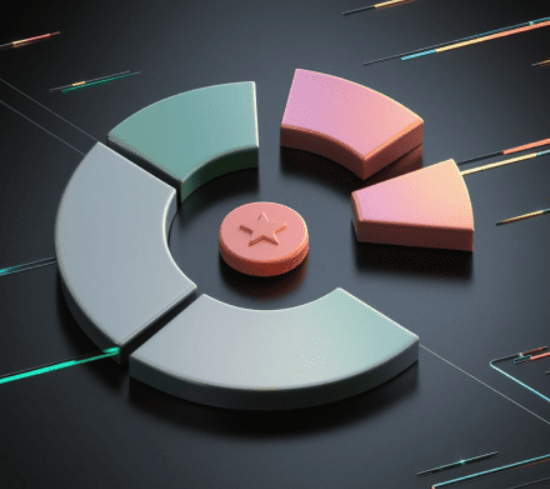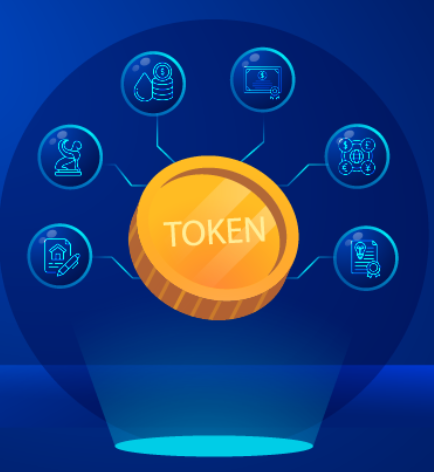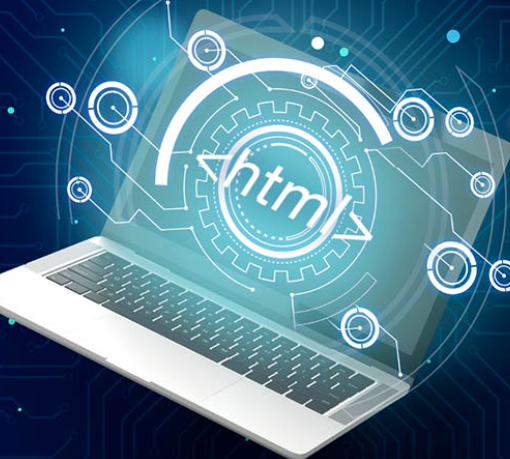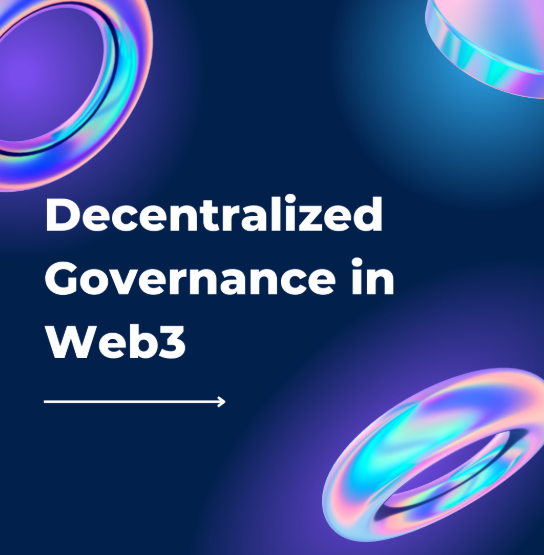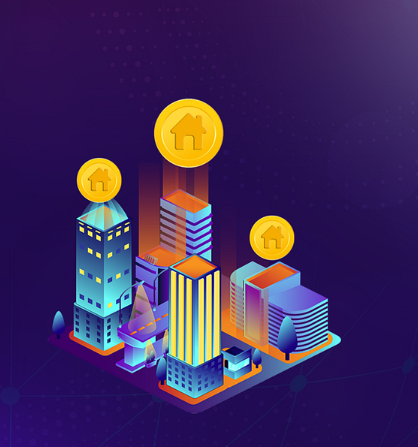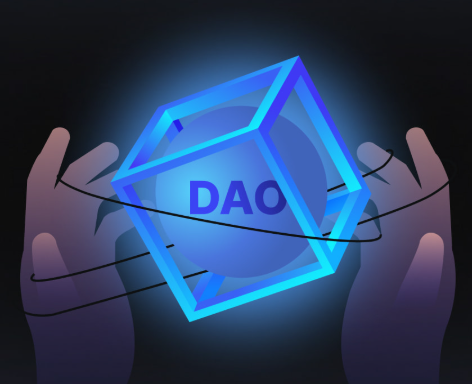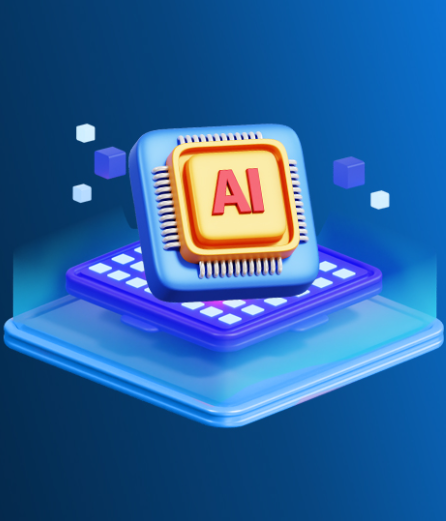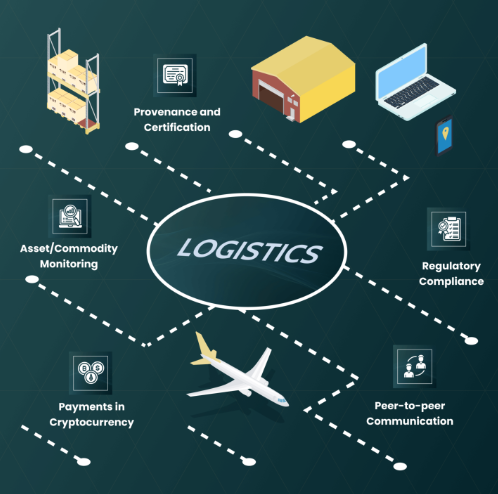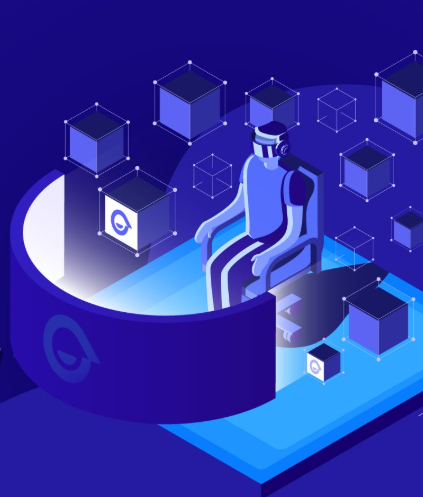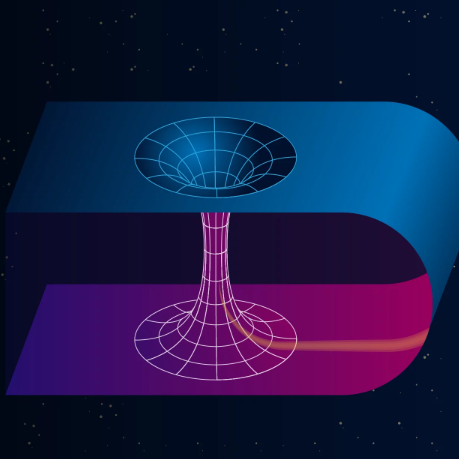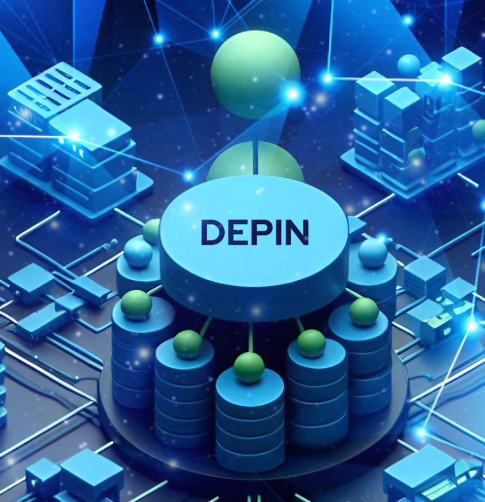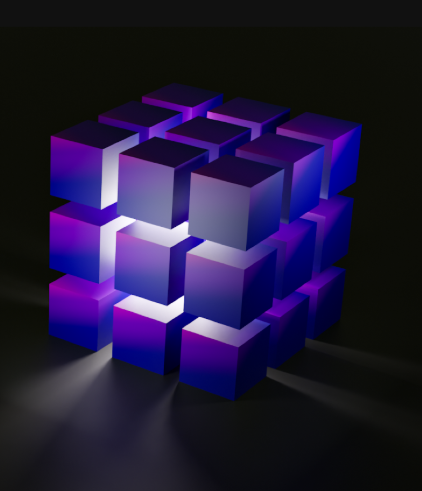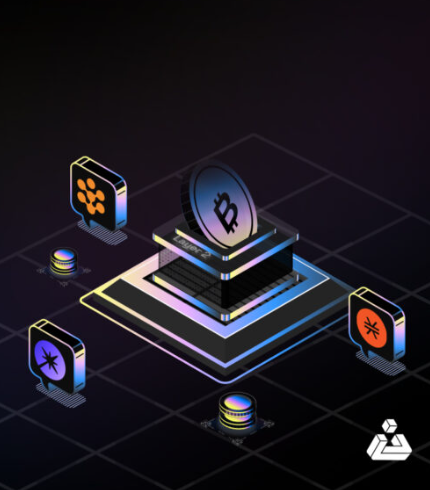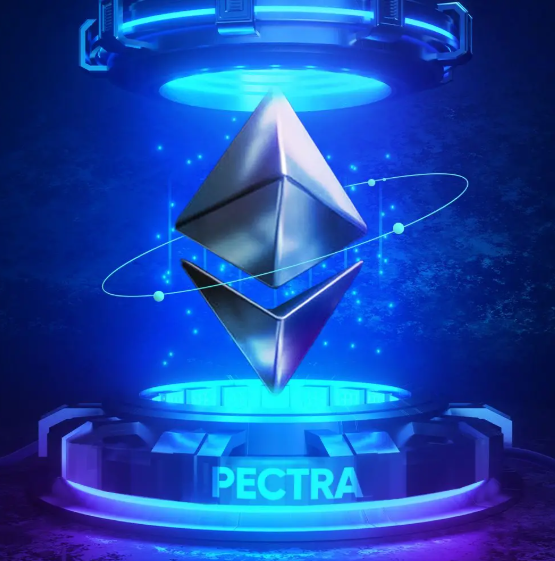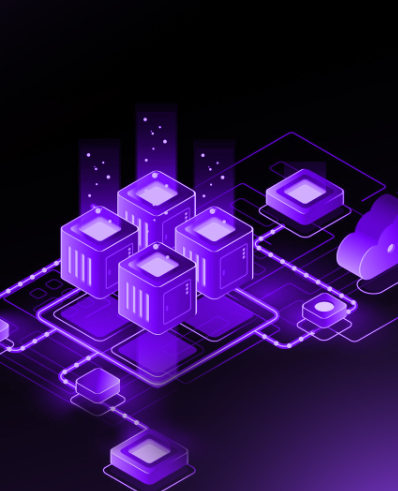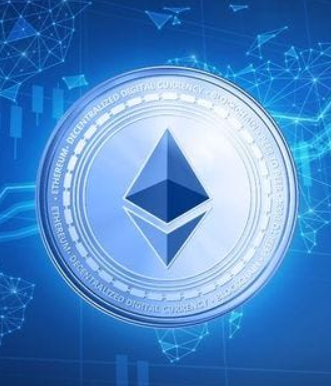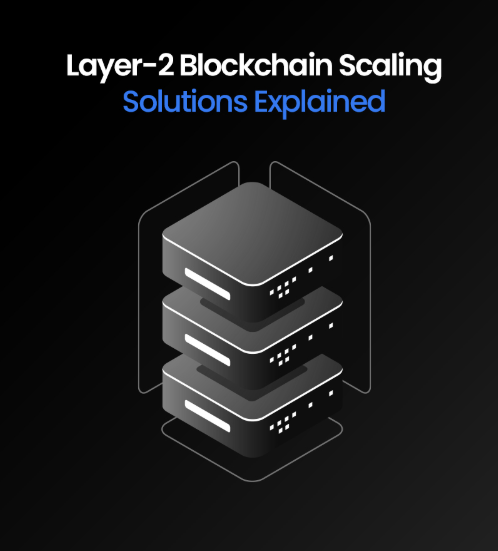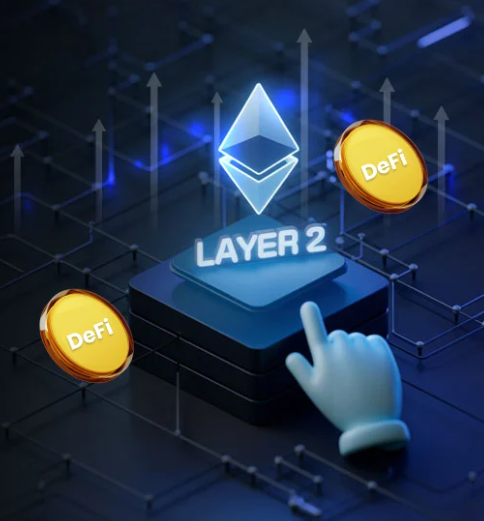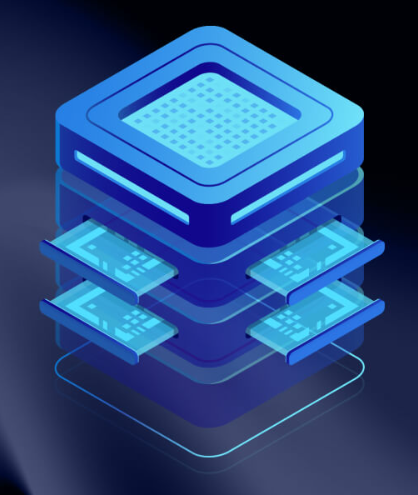
The blockchain landscape, especially with the rise of decentralized applications (DApps), non-fungible tokens (NFTs), and decentralized finance (DeFi), has seen an exponential surge in activity. While Ethereum’s Layer 1 architecture offers robust security and decentralization, its scalability remains a challenge, with high transaction fees and congestion often slowing down the network. To address these issues, Layer 2 solutions are emerging as critical technologies designed to enhance the scalability and cost-effectiveness of blockchain networks.
In this article, we will explore the concept of Layer 2 solutions, delve into the mechanics of rollups and sidechains, and highlight their real-world implementations. By understanding how these technologies work, we can better appreciate their transformative impact on blockchain scalability.
What Are Layer 2 Solutions?
Layer 2 scaling solutions are protocols built on top of existing Layer 1 blockchains, such as Ethereum, to alleviate the load on the primary chain. These solutions handle transactions off-chain and then settle them periodically on the main blockchain, which results in faster processing times and lower fees. Layer 2 solutions are essential for improving throughput without compromising the decentralization or security that the underlying Layer 1 network provides.
Core Technologies of Layer 2 Solutions
Rollups: Rollups bundle multiple transactions off-chain and then aggregate them into a single on-chain transaction. This ensures data availability on Layer 1 while relying on off-chain processing to scale the network and reduce costs. There are two main types of rollups:
- Optimistic Rollups: These assume transactions are valid unless proven otherwise, offering a simpler, more cost-effective solution with slightly slower finality times.
- Zero-Knowledge (ZK) Rollups: These use cryptographic proofs to verify transactions, enabling faster transaction finality and greater security but at a higher computational cost.
Sidechains: Sidechains are independent blockchains that run parallel to the main blockchain. While they use their own consensus mechanisms, sidechains remain compatible with the main chain (e.g., Ethereum). Although they provide scalability benefits, sidechains do not inherit the same level of security as rollups, as they rely on their own set of validators.
Benefits of Layer 2 Solutions
- Enhanced Scalability
Layer 2 solutions help alleviate congestion on the main blockchain by processing transactions off-chain. For instance, Ethereum’s Layer 1 can handle around 15-30 transactions per second (TPS), but Layer 2 technologies can vastly increase this capacity. Optimistic Rollups can scale Ethereum’s TPS to over 1,000, and ZK-Rollups can push the limits even further, offering a solution that maintains decentralization while vastly improving scalability. - Lower Transaction Costs
Layer 2 protocols group several transactions together, spreading the costs across all of them, which reduces the fee for each individual transaction. This allows users to perform transactions at a fraction of the cost compared to using Ethereum’s mainnet. - Improved User Experience
By reducing transaction times to near-instantaneous speeds, Layer 2 solutions enhance the user experience for applications requiring fast processing, such as trading platforms, gaming applications, and NFT marketplaces.
Comparing Layer 2 Technologies
Two of the most prominent Layer 2 scaling solutions are Optimistic Rollups and ZK-Rollups. Here’s a quick comparison of the two:
Optimistic Rollups
- Mechanism: Optimistic Rollups assume that transactions are valid by default and only verify them if challenged (using fraud proofs).
- Latency: These rollups can experience slower transaction finality since challenges may delay the validation process.
- Complexity and Cost: Optimistic Rollups are easier to implement and less computationally intensive compared to ZK-Rollups, although they may be slower in terms of processing.
- Best Use Cases: Ideal for decentralized finance (DeFi) platforms, where higher throughput is needed, and slight delays are acceptable.
- Examples: Arbitrum and Optimism are leading examples of Optimistic Rollup-based platforms.
Zero-Knowledge (ZK) Rollups
- Mechanism: ZK-Rollups employ cryptographic proofs to verify transactions off-chain, then send a summary proof to the main blockchain.
- Latency: ZK-Rollups provide faster transaction finality since they do not require fraud proof challenges.
- Complexity and Cost: They are more computationally intensive, requiring complex cryptographic proofs. However, they are typically cheaper to operate per transaction.
- Best Use Cases: Perfect for applications that require immediate transaction finality, such as payment channels or high-frequency trading.
- Examples: zkSync and StarkWare are some of the popular ZK-Rollup implementations.
Real-World Examples of Layer 2 Solutions
Arbitrum (Optimistic Rollup)
Arbitrum enhances Ethereum’s scalability by utilizing Optimistic Rollups. It supports decentralized applications (DApps) that are compatible with Ethereum, offering a smoother transition for developers looking to scale their applications with reduced gas fees.
Optimism (Optimistic Rollup)
Optimism is another major platform that utilizes Optimistic Rollups to scale Ethereum. It has integrated with numerous DeFi projects like Synthetix and Chainlink, providing a more affordable and scalable infrastructure for Ethereum-based applications.
zkSync (ZK-Rollup)
zkSync provides a ZK-Rollup-based solution that focuses on scalability and security, offering near-instant payments with significantly reduced fees. It is widely used by NFT marketplaces and gaming platforms to ensure smooth, affordable transactions.
Polygon (Sidechain)
Polygon, formerly known as Matic Network, operates as a sidechain to Ethereum, offering high throughput and low transaction fees. It has become a go-to solution for scaling Ethereum applications, from DeFi projects to NFT marketplaces, by providing an alternative to the main Ethereum chain.
The Future of Layer 2 Solutions
Layer 2 solutions are integral to the scalability of blockchain networks, and they will play an increasingly vital role in supporting the expanding blockchain ecosystem. Here are a few key takeaways:
- Rollups vs. Sidechains: Rollups, particularly Optimistic and ZK-Rollups, have garnered more attention for their security and seamless integration with Ethereum. Sidechains, such as Polygon, offer scalability but with different security properties, making them more suitable for use cases where direct integration with the main chain is less critical.
- Trade-offs in Layer 2 Solutions: Each Layer 2 technology comes with trade-offs. ZK-Rollups offer faster finality but are more computationally intensive, while Optimistic Rollups offer simpler, more affordable solutions with slight delays.
- Expanding Ecosystem: Layer 2 technologies are tackling some of the most pressing issues faced by Ethereum and other blockchains. As these technologies mature, we can expect even greater adoption and improvements in security and usability.
- Interoperability and Emerging Standards: As Ethereum progresses toward Ethereum 2.0 and other blockchain networks implement Layer 2 solutions, the focus will shift towards ensuring interoperability. This will allow users to seamlessly move assets and data across Layer 1 and Layer 2 networks.
Conclusion
Layer 2 scaling solutions are essential for the future of blockchain networks, offering more scalable, cost-effective, and user-friendly decentralized applications. Technologies like rollups and sidechains are already reducing congestion, cutting fees, and improving the accessibility of blockchain networks. With further advancements in these solutions, Layer 2 promises to play a central role in the broader adoption of blockchain technology across industries.









